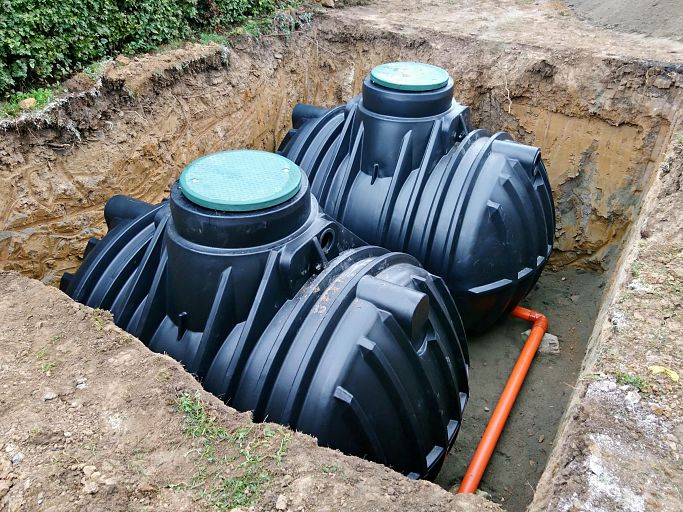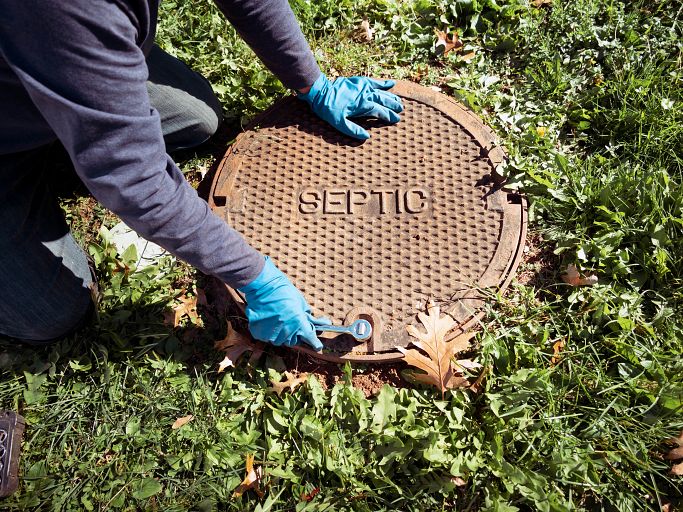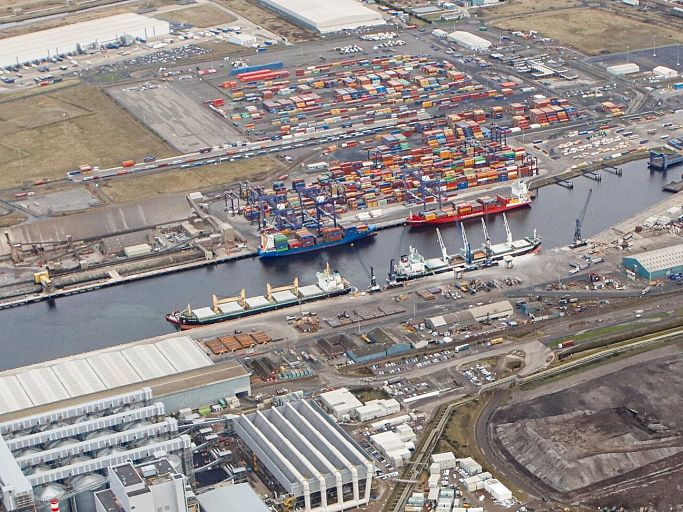- Oil
- Diesel
- Petrol
- AdBlue
- Water
- Sewage
- Hot Water Cylinders
-
Brands
- New Releases
- In Stock
- Sale
- Best Sellers
- Fuel Tank Hire
- More
-
Services
Top 10 Things to Consider When Purchasing a Sewage Tank
15th August 2024 in sewage
Author: Jack Dunn
When you’re picking a sewage tank for your property, it’s important to weigh up a range of factors - including practical, legal, environmental and cost. Whether you’re managing the sewage system on a rural property, an urban home with no mains drainage, or an agricultural or commercial site, making the right decision when you’re buying will save you from future complications. In this edition of our blog, we present a Top 10 of things you should consider when purchasing a sewage tank.
- Types of sewage system
First and foremost, you should understand the main types of sewage systems: septic tanks, sewage treatment plants and cesspits. Septic tanks are often used for properties without access to the main sewage system. They’re cost-effective but require regular maintenance. Sewage treatment plants, although more expensive, treat wastewater more effectively so they are a better option in areas which are subject to environmental regulations. Cesspits are generally a last resort. They require frequent emptying, and they provide no treatment to the waste.
- Cost considerations
Sewage tank cost depends on its size, the material it is made from and the complexity of installation. It's also important to budget for maintenance and emptying costs, as these can add up over time.
- Size and capacity
The capacity of tank required will depend on the number of people using your system (and therefore the amount of wastewater generated by them). Tanks are available in a variety of sizes, so making sure you pick the right size is critical. Installing a tank that’s too small could lead to problems such as overflows and frequent emptying. An oversized tank could be underused for its size and therefore a waste of resources and money.
- Installation and site requirements
The feasibility and cost of installation largely depend on site conditions. Things like soil type, groundwater level and any slope of the land can all influence the complexity of installation. You’ll also need to consider where the tank will be best positioned for effectiveness but also to comply with UK regulations. These require specific distances from watercourses, buildings and boundaries so that safety is ensured, and environmental contamination is avoided. Challenging site conditions can lead to higher installation costs as they may necessitate additional work (e.g. reinforced foundations or special drainage systems).
- Legal and environmental regulations
Compliance with UK regulations is essential when installing a sewage tank. You may need planning permission and are also likely to require building regulations approval. New rules introduced in January 2020 require older septic tanks that discharge directly into surface water to be upgraded to modern sewage treatment systems. Additionally, discharges to the ground may require a permit, particularly if the property is near groundwater protection zones, boreholes or wells. Failure to meet these regulations can lead to significant fines and potential environmental damage.
- Environmental impact and sustainability
The environmental impact is an increasingly important factor in planning out your sewage system, especially in more ecologically sensitive areas. Sewage treatment plants treat wastewater more thoroughly before discharge. More sustainable options like sand filtration systems can also be added to septic tanks, providing an additional layer of filtration that reduces pollutants. For anyone looking to minimise environmental footprint, these systems can make a big difference.
- Material and durability
The material that your sewage tank is made of will affect its longevity and performance. The most common materials are plastic, concrete, fibreglass and steel. Plastic tanks are lightweight and easy to install, although they may not be as durable as concrete. These ‘heavy duty’ tanks are robust and long-lasting, though they can be more challenging and costly to install. Fibreglass offers users something of a middle ground, with this type of tank providing both strength and ease of installation. Steel tanks, although strong, are susceptible to corrosion over time.
- Maintenance and operational costs
Beyond the initial outlay for purchasing and installing a sewage tank, ongoing maintenance is also something you should consider seriously. Regular inspections and emptying are necessary to keep your system functioning efficiently. Poor maintenance can lead to unpleasant odours, blockages and even health hazards. It’s important to factor these costs into your budget.
- Choosing a reliable supplier and installer
Finally, selecting a reputable supplier and installer is crucial. The quality of installation will determine the system’s functionality, reliability and compliance with regulations. A system that is installed badly can result in costly repairs, environmental issues and even potential legal problems. It’s always advisable to hire installers with proven expertise in sewage systems – so opt for Tanks R Us!
10. Installation by Tanks R Us
Purchasing a sewage tank is a significant investment. It requires careful planning and consideration as well as finances. Balancing the cost, regulatory compliance and your environmental responsibility is key. By understanding your property’s specific needs, researching what is the appropriate system for your property and situation and by working with experienced professionals like Tanks R Us, you can ensure a durable and compliant sewage system for years to come.
One of the largest selections of tanks in the UK
Chat online or call us today on 01469 531229
Related Products
More Articles

What’s the Difference Between a Septic Tank and a Sewage Tank?
22nd September 2022 in sewage

Why does your business need a sewage treatment tank?
14th August 2023 in sewage

Tank Hire: An Introduction and Case Study
3rd October 2023 in oil

Effluent Tanks & Sewage Treatment Tanks: What’s the Difference?
7th December 2023 in sewage
Help
About Us
My Account
Newsletter Sign Up
Inspiration direct to your inbox, please enter your email below...
Help About Us My Account
© Tanks R Us. All rights reserved. Registered in England. Registration number. 05804332. VAT number 364402764
Designed and produced by Kal Group